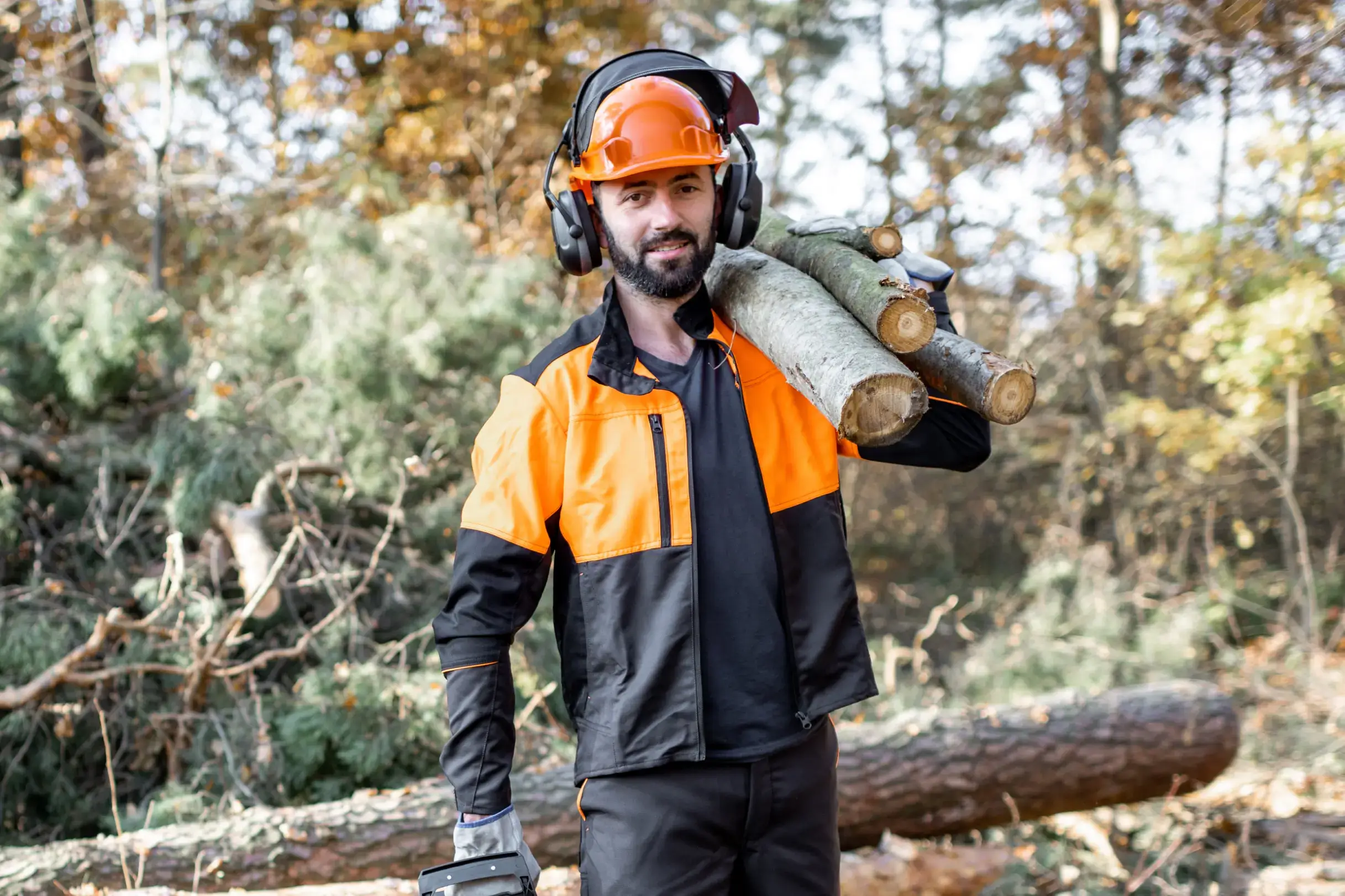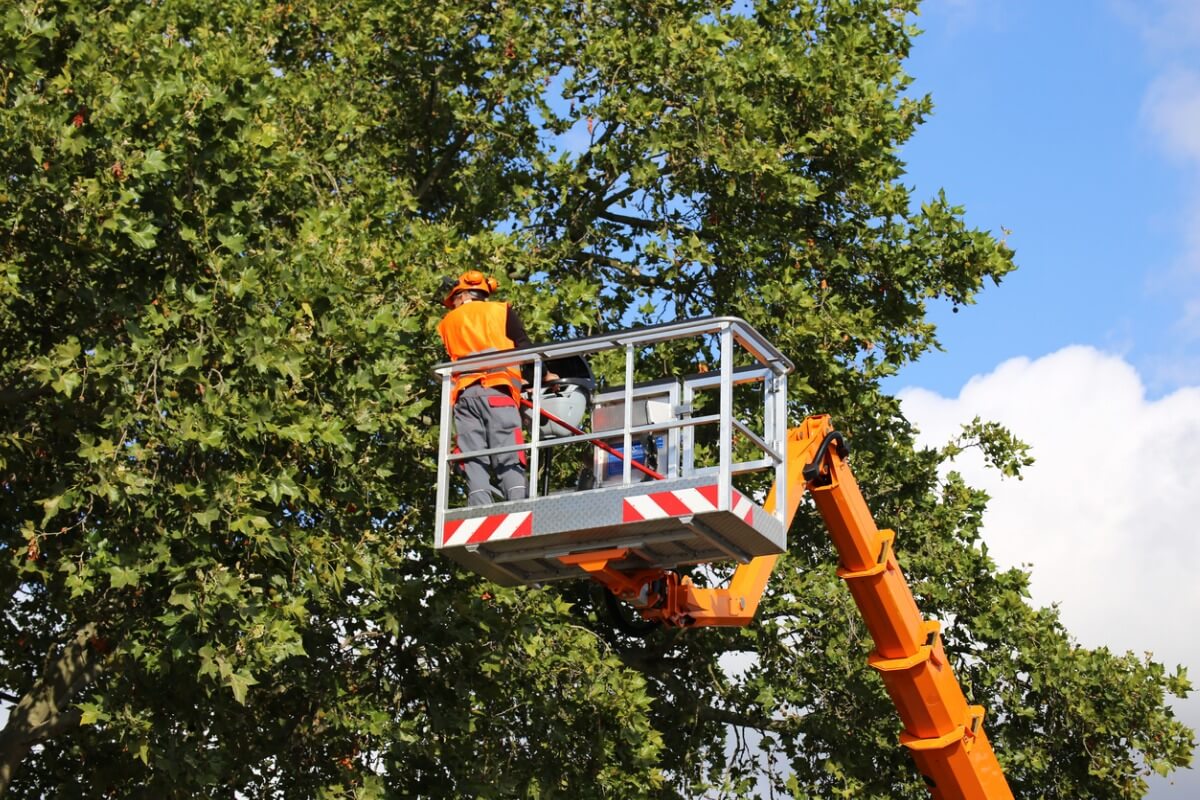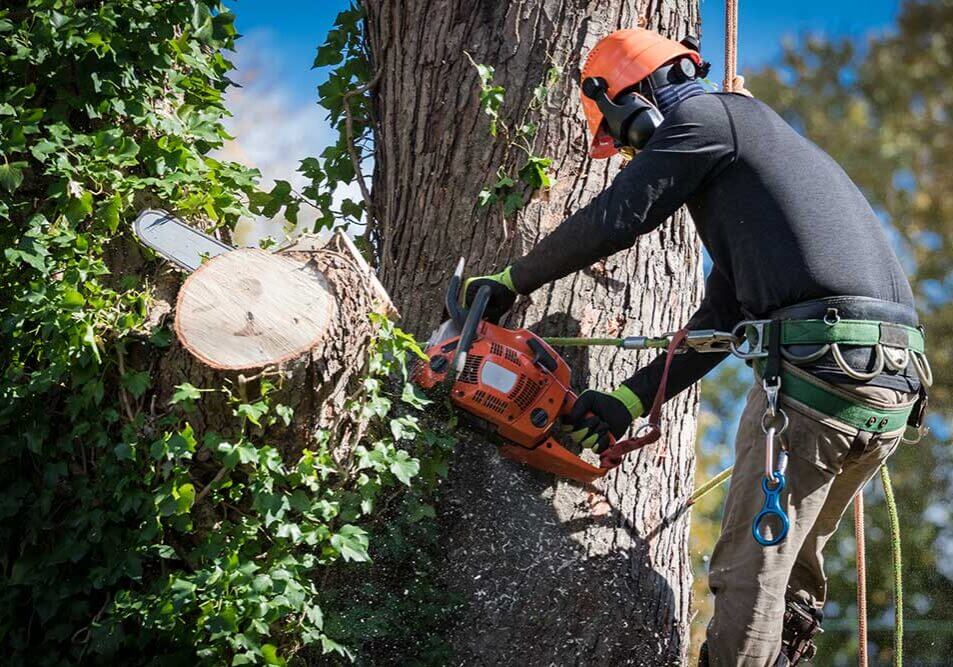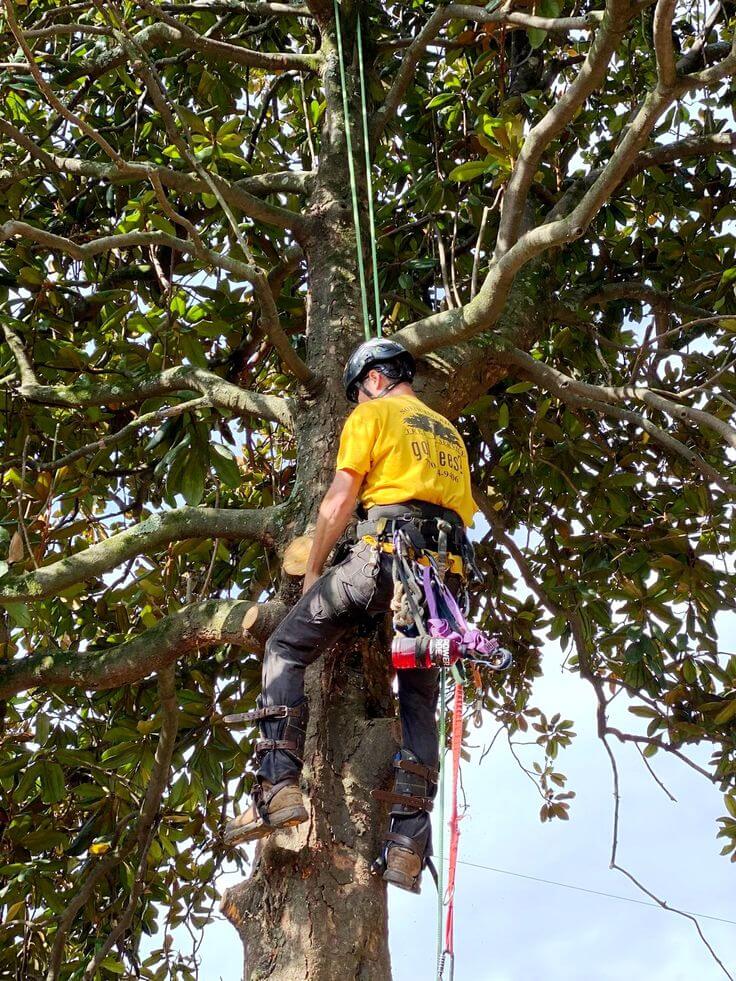Tree cutting business
Introduction
The tree cutting business is a robust and essential service, catering to residential, commercial, and municipal needs. Whether for safety, aesthetics, or land clearing, tree services are in steady demand. This article offers a comprehensive guide on launching a tree cutting business, covering everything from planning to growing and sustaining success.
Understanding the Tree Cutting Business
Types of Services Offered
Tree removal companies usually provide a range of services, including tree pruning, trimming, stump grinding, and urgent tree removal. These services cater to different customer needs, from regular tree maintenance to hazardous tree removal.
Market Demand for Tree Services
The demand for tree services continues to grow as urban areas expand and homeowners increasingly value landscape aesthetics. Many customers seek professional tree care due to the risks and specialized equipment involved.
Starting a Tree Cutting Business
Creating a Business Plan
A comprehensive business plan defines your mission, services, target audience, and financial forecasts. It’s a roadmap for starting and growing the business, guiding decisions and attracting investors if needed.

Necessary Skills and Qualifications
Though formal education is optional, skills in horticulture, landscaping, and business management are beneficial. Certification through programs like the International Society of Arboriculture (ISA) can build credibility.
Equipment and Tools Needed
Essential Tools for Tree Cutting
Starting requires core tools like chainsaws, ropes, harnesses, pole pruners, and wood chippers. As you grow, adding cranes or cherry pickers can help with large or tall tree removals.
Safety Gear and Protective Equipment
Safety is paramount in tree cutting. Essential protective gear includes helmets, gloves, steel-toed boots, and eye and ear protection. These reduce injury risks and ensure compliance with safety standards.
Legal and Regulatory Requirements
Licenses and Permits
Each region has specific licensing and permit requirements for tree removal. Check local regulations to avoid penalties and ensure you’re operating legally.
Insurance Needs for Tree Service Businesses
Insurance is vital. General liability insurance covers property damage, while worker’s compensation protects employees. Proper coverage safeguards your business against unexpected costs.
Hiring and Training Employees
Skills to Look for in a Team
Look for employees with experience in landscaping or arboriculture. They should be physically fit, safety-conscious, and comfortable with heights and machinery.
Training for Safety and Efficiency
Provide regular training on equipment use, safety protocols, and efficient work practices. Many businesses use certifications or workshops to ensure that their team is well-prepared.
Marketing Your Tree Cutting Business
Building a Brand
Branding is crucial for a tree cutting business. Choose a memorable business name, design a logo, and create a professional online presence to attract potential clients.
Effective Advertising Strategies
Use digital marketing, such as social media, Google Ads, and a website with SEO-optimized content. Networking with local landscaping businesses can also yield referrals and partnerships.
Cost Analysis and Pricing
Initial Investment and Startup Costs
Startup costs can range from $10,000 to $50,000, depending on the tools and equipment purchased. Budget for essentials first, then reinvest profits to acquire advanced tools.
How to Set Service Prices Competitively
Pricing is based on factors like tree size, complexity, and location. Research local rates and consider overhead costs to set fair, competitive prices.
Handling Seasonal Demand
Preparing for Peak and Off-Peak Seasons
Tree services often peak in spring and fall. Plan for high-demand periods by hiring temporary staff or offering seasonal discounts to attract customers.
Expanding Services in Off-Seasons
During slower months, diversify by offering firewood sales, snow removal, or tree planting services to maintain steady income.
Safety and Risk Management
Common Hazards in Tree Cutting
Tree cutting involves risks like falling, equipment accidents, and environmental hazards. Ensure workers are well-prepared for these potential dangers.
Safety Protocols and Training
Implement strict safety protocols and offer regular training sessions. This approach not only safeguards employees but also minimizes the business’s liability risks.
Building Customer Relationships
Importance of Excellent Customer Service
Quality customer service sets your business apart. Good communication, transparency in pricing, and follow-up calls foster strong customer relationships.
Gaining Repeat Customers and Referrals
Satisfied customers drive repeat sales and generate valuable referrals through word-of-mouth. Encourage clients to leave positive reviews and provide referral incentives for growth.

Environmental Considerations
Sustainable Practices in Tree Cutting
Operating sustainably appeals to eco-conscious clients. Practices like planting replacement trees, recycling wood, and reducing waste demonstrate environmental responsibility.
Recycling Wood and Managing Waste
Recycling wood into mulch, firewood, or wood chips reduces waste and adds an extra revenue stream. Proper waste management also minimizes environmental impact.
Using Technology in Tree Services
Software for Scheduling and Billing
Scheduling software helps streamline bookings and reduce errors. Many tree services also use digital billing systems for efficient payment processing.
Drones and Advanced Tools for Precision Work
Drones can be used to survey tree health and identify hazards. Advanced tools like laser-guided pruners improve precision and efficiency.
Scaling and Expanding Your Business
Adding New Services
As your business grows, consider adding complementary services like landscaping, pest control, or lawn care to broaden your client base.
Franchising and Expanding to New Areas
Franchising or opening branches in new locations is an effective way to grow. Market analysis helps determine where demand is highest for successful expansion.
Conclusion
Starting a tree cutting business can be highly rewarding with the right preparation and commitment to safety and customer service. By following this guide, aspiring business owners can navigate the challenges and opportunities of this industry, ultimately building a profitable and respected enterprise.

